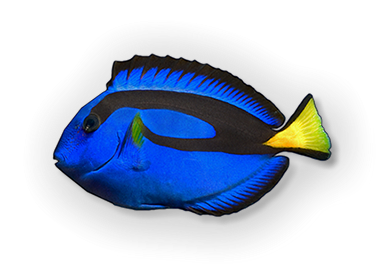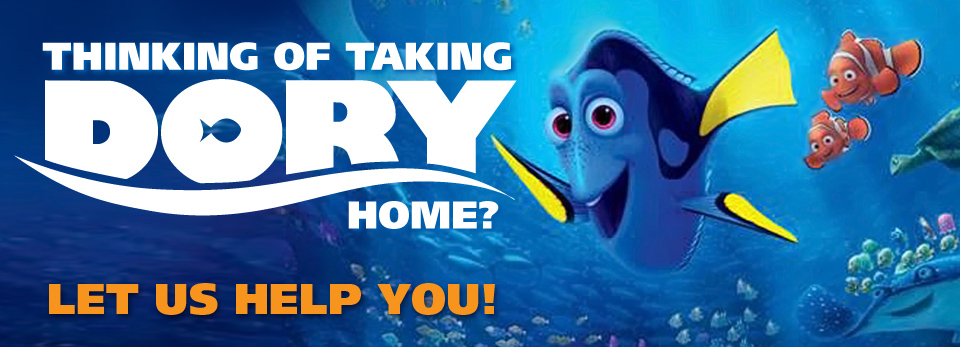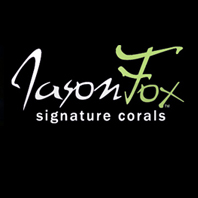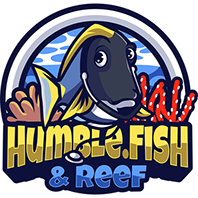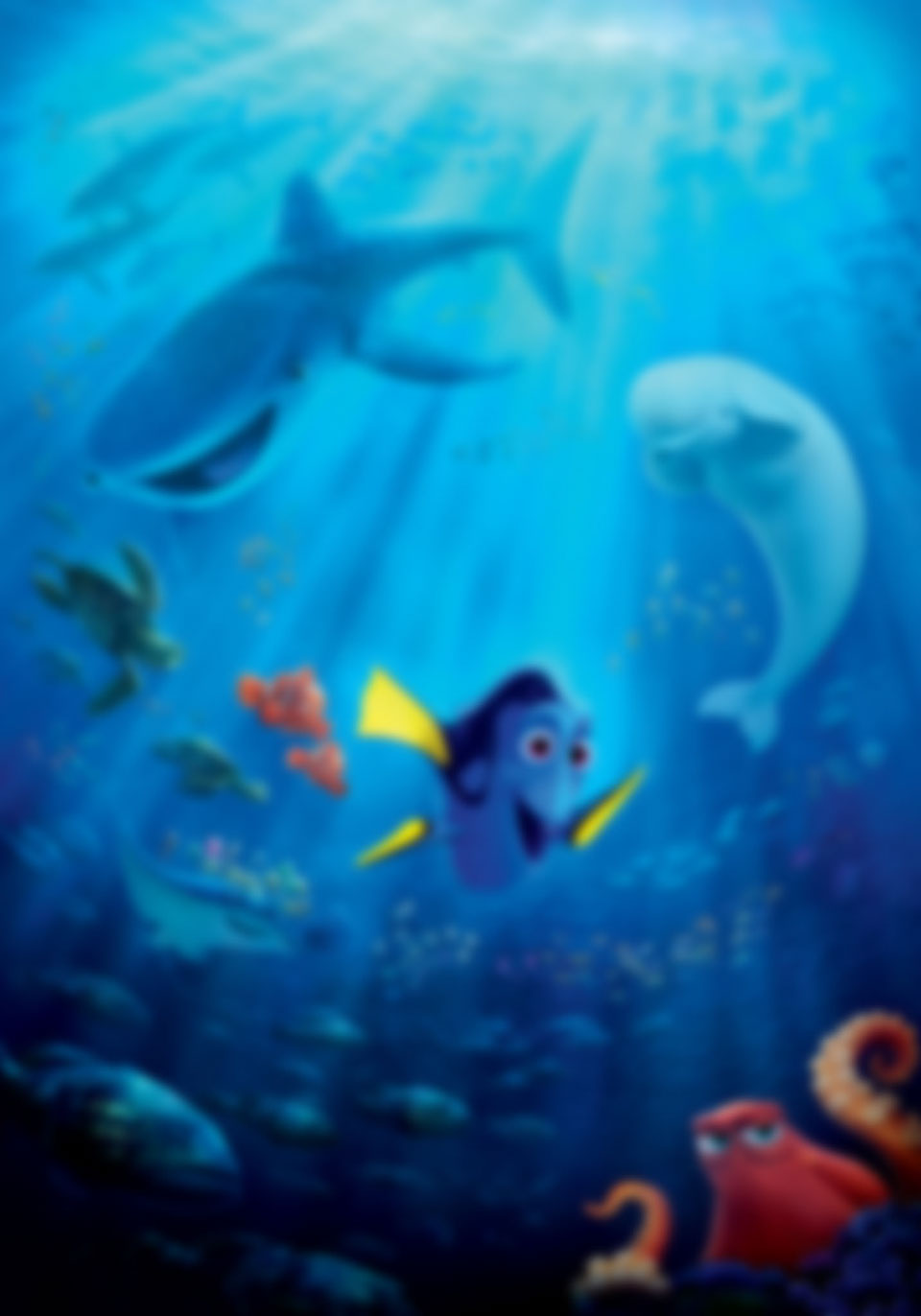
Minimum Tank Size: 180 gallons
Care Level: Moderate
Temperament: Semi-aggressive
Reef Compatible: Yes
Water Conditions: 72-78° F, dKH 8-12, pH 8.1-8.4, sg 1.020-1.025
Color Form: Blue
Diet: Herbivore
Compatibility: See Chart
Origin: Fiji, Indonesia, Maldives, Solomon Islands
So you and your family just saw the new Pixar Movie “Finding Dory” and now you want a Blue Hippo Tang to take home. When cared for properly this fish will grow to be a large beautiful and peaceful fish.
In many cases in the excitement of seeing a friendly cute animal on the big screen, a lot of people will rush out to add one of them to there family. But in many cases once that animal is brought home it isn’t cared for properly or may become too much trouble to care for.
An example of that was with the release of the Teenage Mutant Ninja Turtles, at one point 90% of purchased turtles were estimated to have died in the US alone.
With Finding Nemo, kids went crazy for the clownfish but in some cases children who wanted to give them freedom like in the movie, ended up flushing them down the toilet.
Now with the release of the Disney/Pixar sequel to Nemo… “FINDING DORY”, concerns are growing on whether we might be finding dory... dead.
THIS FISH IS NOT FOR BEGINNERS!
The Blue Tang is also known as the Palette Surgeonfish. It is also called the Pacific Blue Tang, Hepatus, Regal, Hippo or Dory Tang. Regardless of common name, Paracanthurus hepatus fish is equal parts beauty and peacefulness that suits almost any large community marine aquarium.
Saltwater fish keeping is a great hobby with a great and large variety of fish to choose from. A basic saltwater book, website, reputable pet store, or aquarium club can help with you saltwater basics such as maintaining salinity and water quality, nitrogen cycling, and basic maintenance.
For experienced saltwater hobbyists the Dory fish is one of the trickier fish to keep as all individuals are wild-caught, somewhat delicate, require larger tanks, and are susceptible to variety of illnesses. On a scale of 1 to 10 with 10 being the hardest to keep, A Dory is about a 7 with captive-bred clownfish or Nemo’s about a 2 or 3.
Temporarily while in pet stores or quarantine, Dory’s are often housed in small tanks. However, Dory's require 12" of open aquarium space per 1" of their length (Jay Hemdal, Coral Vol 13, #3). Although their maximum adult size is ~12", most will grow to 6-8" in an aquarium, so ultimately they will require a 180-300 gallons. Dory keepers should budget at least $1000 for a basic tank and associated filter equipment.
As wild caught fish, these fish need to be accustomed to being in captive care and checked and treated for many common diseases. The best course is a separate smaller aquarium to first quarantine the fish. After a period of acclimation to captive care, your Dory fish can then be transferred to their larger home display aquarium.
Once housed there, they should be fed at least 3 times weekly, if not daily, an amount of dried seaweed along with their daily feedings. Saltwater should be changed as usual and nitrate levels measured regularly to maintain healthy water quality.
Thank you for taking the time to learn about the basic care for Dory fish.
